Research on the Dilemmas, Opportunities, and Transformation Paths of Talent Cultivation in Higher Education under the Empowerment of Artificial Intelligence
DOI: 10.23977/jhrd.2025.070203 | Downloads: 7 | Views: 150
Author(s)
Jingjing Jiao 1
Affiliation(s)
1 College of Economics and Management, Zhaoqing University, Zhaoqing, Guangdong, China
Corresponding Author
Jingjing JiaoABSTRACT
The rapid development of artificial intelligence (AI) is reshaping the talent cultivation model in higher education. As the main arena for cultivating innovative talents, universities are undergoing a profound transformation—from knowledge transmission to intelligent guidance, from standardized teaching to personalized learning, and from one-way instruction to multi-dimensional interaction. Based on the digital transformation of education empowered by AI, this paper systematically analyzes the current dilemmas in higher education talent cultivation, including insufficient digital literacy among teachers, weak personalized learning support for students, and lack of effective interaction and feedback mechanisms. It further explores the opportunities and ethical challenges brought by AI, and proposes transformation paths for building an intelligent talent cultivation system: enhancing teachers' AI-enabled teaching capacity, constructing intelligent learning support systems, and innovating educational governance mechanisms. The study provides theoretical and practical insights for universities to cope with educational transformation in the AI era.
KEYWORDS
Artificial Intelligence; Higher Education; Talent CultivationCITE THIS PAPER
Jingjing Jiao, Research on the Dilemmas, Opportunities, and Transformation Paths of Talent Cultivation in Higher Education under the Empowerment of Artificial Intelligence. Journal of Human Resource Development (2025) Vol. 7: 16-22. DOI: http://dx.doi.org/10.23977/jhrd.2025.070203.
REFERENCES
[1] Shi, Q., & Zhang, C. (2022). The innovation of university teaching paradigms in the era of digital intelligence: Integration of virtuality and reality. Higher Education Management, 16(3), 24–31, 90.
[2] Wang, Q. (2024). Four challenges and countermeasures for the development of higher education in the era of digital intelligence. China Higher Education, (Z1), 29–33.
[3] Ji, B. (2013). Five major dilemmas in the development of current higher education. China Higher Education Research, (5), 4–8.
[4] Zhao, S. (2024). Dilemmas and countermeasures for improving the digital literacy of university teachers under the background of educational digital transformation. China Management Informatization, 27(22), 218–220.
[5] Zhang, B., & Zhai, Z. (2024). The "difficulty" and "breakthrough" of improving teachers' digital literacy in the era of digital intelligence. Journal of Fujian Institute of Education, 25(10), 24–29.
[6] Tian, S., & Xu, J. (2024). The dilemmas and solutions for improving digital literacy among university teachers in the era of digital intelligence. Journal of Heilongjiang College of Teacher Development, 43(12), 17–21.
[7] Edwards, B. I., & Cheok, A. D. (2018). Why not robot teachers: Artificial intelligence for addressing teacher shortage. Applied Artificial Intelligence, 32(4), 345–360.
[8] Wang, H. (2021). Opportunities and challenges: Reflections on education in the context of artificial intelligence. Educational Theory and Practice, 41(34), 10–14.
[9] Sun, D., Wang, L., & Shang, L. (2024). The connotation, dilemmas, and paths of AI empowering high-quality development of higher education in China. Modern Education Management, (6), 34–42.
[10] Crowe, D., LaPierre, M., & Kebritchi, M. (2017). Knowledge-based artificial augmentation intelligence technology: Next step in academic instructional tools for distance learning. TechTrends, 61(5), 494–506.
[11] Mirzaeian, V. R., Kohzadi, H., & Azizmohammadi, F. (2016). Learning Persian grammar with the aid of an intelligent feedback generator. Engineering Applications of Artificial Intelligence, 49, 167–175.
[12] Zhu, M., Liu, O. L., & Lee, H. S. (2020). The effect of automated feedback on revision behavior and learning gains in formative assessment of scientific argument writing. Computers & Education, 143, 103668.
[13] Chen, M., & Fan, M. (2023). China's employment transformation in the era of artificial intelligence: Problems and pathways. Fujian Forum (Humanities and Social Sciences Edition), (4), 99–109.
[14] Ijaz, K., Bogdanovych, A., & Trescak, T. (2017). Virtual worlds vs books and videos in history education. Interactive Learning Environments, 25(7), 904–929.
[15] Yu, X., & Xia, J. (2022). Human–machine symbiotic education: Based on the internal hardware and software framework and external competence system of educational robots. Journal of Hubei University (Philosophy and Social Sciences Edition), 49(4), 113–124, 175.
[16] Federspiel, F., Mitchell, R., Asokan, A., et al. (2023). Threats by artificial intelligence to human health and human existence. BMJ Global Health, 8(5), e010435.
| Downloads: | 8191 |
|---|---|
| Visits: | 250858 |
Sponsors, Associates, and Links
-
Information Systems and Economics
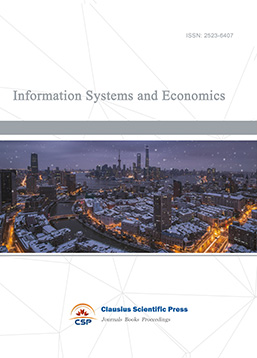
-
Accounting, Auditing and Finance
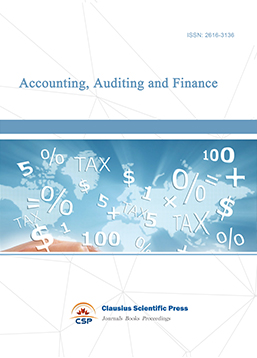
-
Industrial Engineering and Innovation Management
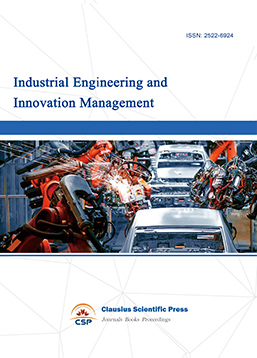
-
Tourism Management and Technology Economy
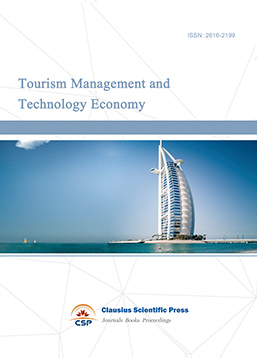
-
Journal of Computational and Financial Econometrics

-
Financial Engineering and Risk Management

-
Accounting and Corporate Management
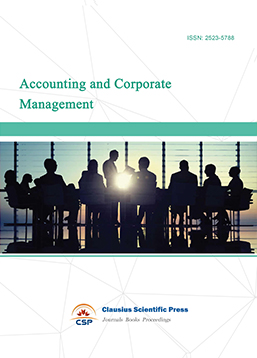
-
Social Security and Administration Management

-
Population, Resources & Environmental Economics

-
Statistics & Quantitative Economics

-
Agricultural & Forestry Economics and Management

-
Social Medicine and Health Management

-
Land Resource Management

-
Information, Library and Archival Science
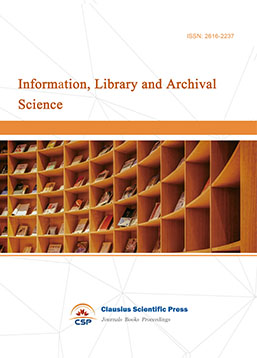
-
Manufacturing and Service Operations Management

-
Operational Research and Cybernetics
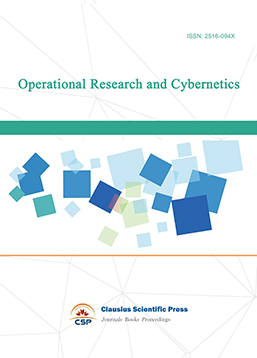

 Download as PDF
Download as PDF